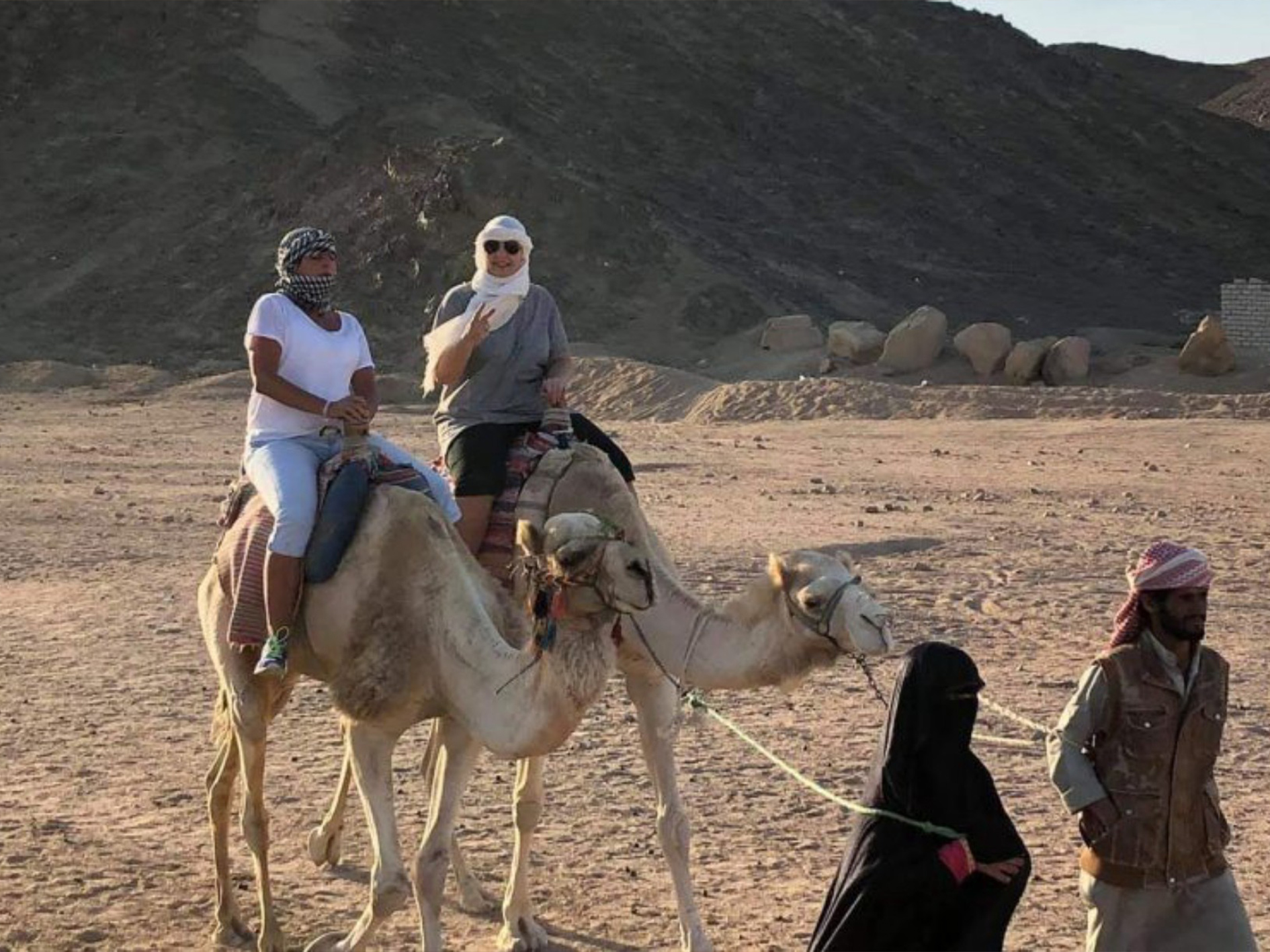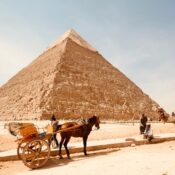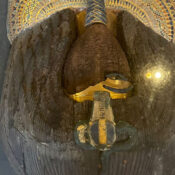The Influence of Bedouin Traditions on Modern Egyptian Culture

Introduction
Egypt, a land of ancient civilization and rich heritage, is also home to a vibrant Bedouin culture that has thrived for centuries. These nomadic communities, primarily located in the Sinai Peninsula, Western Desert, and the Eastern Desert, have significantly influenced modern Egyptian culture. From their unique traditions and values to their music, cuisine, and attire, the Bedouins continue to leave their mark on Egypt’s cultural fabric. In this blog, we explore how Bedouin traditions have shaped modern Egyptian life, with a special focus on how “Magic Tours” can provide an immersive experience into this fascinating aspect of Egypt.
H2: Who Are the Bedouins?
H3: Origins and History
The term “Bedouin” originates from the Arabic word “Badawi,” meaning “desert dweller.” Bedouins are traditionally nomadic people who inhabit desert regions in North Africa, the Middle East, and the Arabian Peninsula. In Egypt, Bedouin tribes have been present for centuries, adapting to the harsh desert environment while preserving their way of life.
H3: Core Values and Way of Life
Bedouin culture revolves around principles such as hospitality, loyalty, and respect for nature. Their communal way of living emphasizes mutual support and a deep connection to their environment. These values have not only sustained their communities but have also influenced Egyptian society at large.
H2: Bedouin Traditions and Their Impact on Modern Egyptian Culture
H3: Hospitality and Social Etiquette
One of the most enduring contributions of Bedouin culture is their unparalleled hospitality. In Bedouin tradition, a guest is considered a blessing, and hosts go to great lengths to ensure their comfort. This ethos has permeated Egyptian society, making hospitality a cornerstone of modern Egyptian culture.
H4: The Role of Coffee and Tea
Serving coffee or tea to guests is a ritual deeply rooted in Bedouin customs. Today, this practice is widespread across Egypt, symbolizing warmth and generosity.
H3: Music and Oral Traditions
Bedouin music, characterized by its rhythmic beats and poetic lyrics, has significantly influenced modern Egyptian music. Instruments like the rababa (a traditional string instrument) and drums are staples in Bedouin musical traditions and have found their way into contemporary Egyptian folk music.
H4: Storytelling and Poetry
The Bedouins are also known for their oral storytelling and poetry, which have inspired modern Egyptian literature and performing arts. Tales of heroism, love, and moral lessons continue to resonate in Egypt’s artistic expressions.
H3: Cuisine and Culinary Practices
The simplicity and resourcefulness of Bedouin cuisine have left a lasting imprint on Egyptian gastronomy. Dishes like “mansaf” (a rice and meat dish) and Bedouin bread baked on open flames are enjoyed by locals and tourists alike.
H4: The Influence of Spices
Bedouin use of spices, such as cumin and coriander, has enriched the flavors of modern Egyptian cuisine, creating a culinary legacy that blends tradition and innovation.
H2: Bedouin Attire and Its Modern Interpretations
H3: Traditional Clothing
Bedouin attire, designed for desert life, is both functional and symbolic. Men often wear long robes called “thobes,” while women adorn themselves in colorful dresses with intricate embroidery.
H4: Jewelry and Accessories
Bedouin women’s jewelry, often made of silver and adorned with symbols, reflects their tribal identity and social status. These designs have inspired modern Egyptian fashion and jewelry trends.
H3: Contemporary Influence
The vibrant patterns and designs of Bedouin clothing are increasingly being incorporated into modern Egyptian fashion, blending traditional aesthetics with contemporary styles.
H2: Bedouin Practices in Modern Egyptian Society
H3: Sustainable Living
The Bedouins’ resourceful approach to living in the desert—including water conservation and using natural materials—aligns with modern sustainability practices. These methods are being revisited as Egypt addresses environmental challenges.
H3: Architecture and Design
Bedouin tents, known for their simplicity and durability, have influenced modern Egyptian architecture. Elements like open-air courtyards and natural ventilation systems are reminiscent of Bedouin structures.
H4: Eco-Lodges and Tourism
Many eco-lodges in Egypt, especially those in desert areas, draw inspiration from Bedouin designs. These accommodations offer a sustainable way for tourists to experience Bedouin culture, with companies like “Magic Tours” leading the way.
H2: Experiencing Bedouin Culture with Magic Tours
H3: Immersive Experiences
“Magic Tours” offers unique opportunities to explore Bedouin life in Egypt. From guided visits to Bedouin villages to experiencing traditional music and cuisine, these tours provide an authentic glimpse into this fascinating culture.
H4: Desert Safaris
One of the highlights of exploring Bedouin culture is embarking on a desert safari. Magic Tours organizes trips that include camel rides, stargazing, and camping under the stars, all while learning about Bedouin traditions.
H3: Supporting Local Communities
By partnering with Bedouin tribes, Magic Tours not only offers tourists an enriching experience but also supports the preservation of Bedouin heritage and provides economic benefits to local communities.
Conclusion
The Bedouins of Egypt have made an indelible mark on the country’s culture, influencing everything from hospitality and music to fashion and sustainability. Exploring these traditions offers a deeper understanding of Egypt’s rich cultural tapestry. Companies like “Magic Tours” play a crucial role in making these experiences accessible while ensuring that Bedouin heritage is celebrated and preserved. Whether you’re sipping tea in a Bedouin tent or enjoying their vibrant music under a starry sky, the influence of Bedouin culture is a reminder of the timeless connection between tradition and modernity in Egypt.




